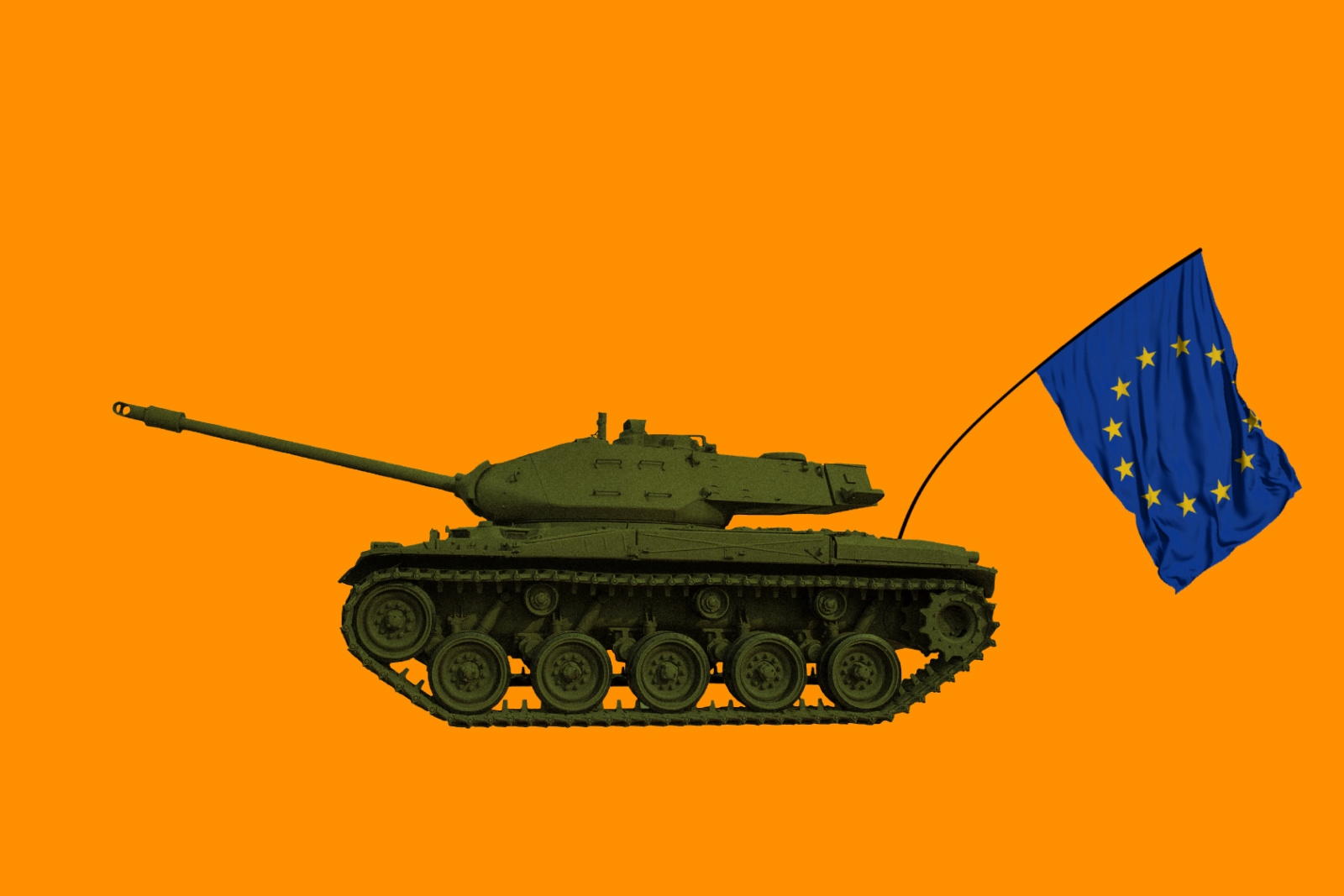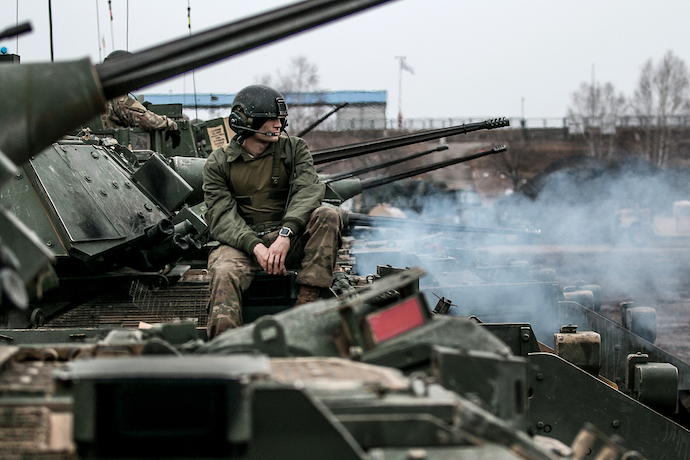
Why the ‘Pivot to Asia’ Still Makes Strategic Sense
The concept of the “Pivot to Asia” emerged as a defining element of American foreign policy under the Obama administration. Historically, the United States has exerted considerable effort and diplomacy as a Eurocentric power, aligning closely with Europe. This focus is understandable considering that the European Union has a population of around 450 million and a combined economy that stands at €14.5 trillion. These figures not only reflect the economic heft of the EU but also the historical and strategic importance it holds for the United States.
The demographic and economic landscape of Asia positions it as a pivotal region for U.S. strategic interests. With a staggering population of 4.5 billion and an economy valued at $43.43 trillion, Asia’s market potential surpasses that of Europe. This economic potential makes the continent an increasingly attractive destination for U.S. investments. Historically, the flow of investment capital has been a precursor to deeper political and military engagements, suggesting that as U.S. economic ties with Asia deepen, a parallel increase in diplomatic and defense relations is likely to ensue.
Despite over a decade of discourse about reorienting its focus towards Asia, the United States remains predominantly focused on Europe. Yet the burgeoning economic might, political influence, and strategic significance of Asia cannot be overlooked as vital interests for the future of U.S. global strategy. The United States must expedite its strategic pivot to Asia. This shift is crucial, even with the ongoing Russo-Ukrainian conflict and persistent tensions in the Middle East demanding attention. The necessity of this realignment is not just timely but essential, underscoring the urgency with which the United States must recalibrate its international posture towards the Asia-Pacific region.
The United States, while maintaining its profound economic, political, and military ties with Europe, must recalibrate its strategic posture, stepping back from being the preeminent military force in Western Europe. The European Union, armed with formidable economic prowess, is well-equipped to fund and field a modern military force. It is high time for the EU to assume the primary role in its defense against external threats.
The North Atlantic Treaty Organization (NATO), established in 1949, is committed to protecting the liberties of its thirty-one member nations. Winston Churchill, in a prophetic 1946 speech, declared, “From Stettin in the Baltic, to Trieste in the Adriatic, an iron curtain has descended across the continent.” This moment is widely recognized by historians as the dawn of the Cold War, an era that persisted until the Berlin Wall fell in 1989.

Though the official narrative of NATO centered on defending member freedoms, its underlying purpose was to secure a victory in the ideological clash between capitalism and communism—a struggle that concluded over three decades ago. The European Union, resurrected from the ruins of World War II, has emerged as a colossus of economic and political influence. Yet, it remains tethered to the security assurances of the United States.
The European Union operates a statist economy, which inherently limits its growth potential to a steady state. Such an economy, by its very nature, trends towards a marginal utility that inevitably flattens out, leading to stagnation or continued statist interventions.
In stark contrast, the vibrant, market-driven economy of the United States is ripe for expansion, and the most promising avenue for such growth lies in Asia.
The United States must reconsider its military presence in Europe, not by withdrawing completely, but by recalibrating its engagement to focus on the Indo-Pacific. Within NATO, the U.S. should transition to a more supportive role. The current deployment of 100,000 American troops in Europe could be significantly reduced to 25,000. These remaining forces would primarily engage in strategic command activities and the maintenance of essential military equipment—ranging from armored vehicles to light infantry weapons, along with necessary supplies such as food, medical kits, and ammunition—essentially, all that is required for wartime readiness.
A revised iteration of the Cold War-era REFORGER (Return of Forces to Germany) program could serve to ensure U.S. forces are well-trained and familiar with the logistics of deploying to Europe, should the need arise.
The U.S. commitment would include, at minimum, two armored divisions, one mechanized infantry division, and adequate combat support forces. Additionally, a stockpile of armored vehicles would be pre-positioned in Europe to compensate for combat losses and other exigencies. Given the EU’s lead in providing the bulk of combat forces, it would be pragmatic for U.S. forces to fall under the strategic command of a European officer, a concept not without precedent, recalling the U.S. forces under French command during World War I.
A crucial element of America’s contribution to European defense would remain the extension of its nuclear umbrella, a deterrent that has underpinned European security for decades.
In the wake of Russia’s annexation of Crimea, European nations collectively pledged to augment their defense spending to reach two percent of their GDP. While a select few have honored and even exceeded this benchmark, numerous others have not. After the Cold War, a significant shift occurred as many nations transitioned from conscripted forces to all-volunteer armies, resulting in a troop strength that fell below the minimum required levels for many national defense forces. Laura Kayali, writing for Politico, articulates a stark reality: “Since the end of the Cold War, the size of Europe’s militaries has shriveled. Many European countries scrapped unpopular conscription laws and shifted to professional militaries. Between 1989 and 2022, the number of EU military personnel dropped from 3.4 million to 1.3 million.”
A further complication is the lack of uniformity in military hardware. The continent’s armies maintain seventeen different types of tanks, posing an almost insurmountable barrier to interoperability among European military forces.
Nevertheless, the United States stands ready to extend support with minimal financial outlay. The Abrams M-1 tank, renowned globally as a superior combat vehicle, is abundantly available, with a stockpile of 3,700 units in the Sierra Army Depot in Northern California. Arguably, a redistribution of 750 to 1,000 Abrams tanks from this reserve would scarcely be noticeable within the vast inventory of the U.S. Army. Reviving a strategy akin to the 1941 Lend-Lease Act could provide Europe with the armored might necessary to counter Russian military advances. However, it is incumbent upon the European Union to take the initiative in reinforcing its military forces so that, with American assistance, it can confront any potential conflict with Russia and emerge victorious.
For decades since the end of the Cold War, Europe has evolved into a social welfare state, a transformation made possible by diminishing military expenditures and relying on the United States for security guarantees. The time has come for the European Union to stand autonomously in defense matters. It must communicate candidly with its populace regarding the imminent threats Europe faces and undertake the arduous measures required to amplify its armed forces to a level capable of successfully confronting the possibility of conflict with Russia without leaning on the United States as its primary guardian.
The process of U.S. military withdrawal from Europe ought to be incremental, allowing Europe the necessary interval to rearm—a span of two years should suffice. However, America’s strategic shift to Asia is pressing and should commence without undue delay.
Europe is at a crossroads: it must either take decisive steps to rearm or reconcile with living under the shadow of an aggressive Russia. The decision, ultimately, is Europe’s to make.

